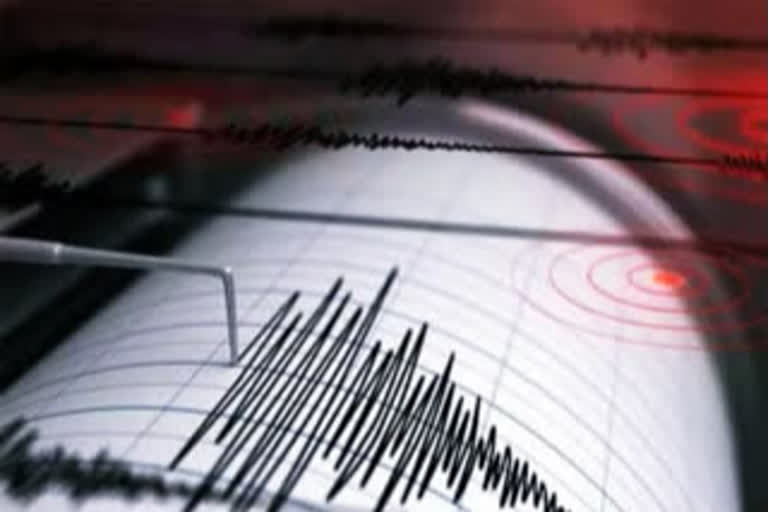Dehradun: An earthquake of magnitude 3.8 on the Richter scale occurred at 1:42 pm in Dehradun, Uttarakhand, the National Center for Seismology tweeted on Tuesday.
Earthquakes and disaster-like situations are common in Uttarakhand due to the extreme geographical conditions. Researchers and seismologists are continuously making efforts to aware the public, of such incidents. Seismologists from the Wadia Institute of Himalayan Geology have confirmed that there is a possibility of more earthquakes in the Himalayan regions in the winter season.
Dr. Sushil Kumar Ruhela, a scientist of Wadia Institute of Himalayan Geology, said that according to the observations that have been done so far, the frequency of earthquakes increases during the winter season. He said that researches have been done on the possibility of an earthquake in the winter season and the observations of those researches are published in the biannual journal of the Wadia Institute of Himalayan Geology. According to the journal, in the Himalayan region, tremors have been felt most likely in the winter season.
Read: Uttarakhand becomes first state to launch an earthquake alert app
He told that the Indian plate is moving from 40 to 45 mm every year. The friction between the Indian and Eurasian plates generates energy, which accumulates to a certain extent. During, the monsoon season the Himalayan front gets loaded due to rain.
With the onset of winter, the stress generated by this gets added up by the movement of the plate. Due to which more energy is generated from the movement of the plate. Therefore, the frequency of earthquakes increases. This is the reason that at the beginning of winter, there is a possibility of an earthquake in the Himalayan regions.
"In a study, which was based on the earthquakes in the last 5 years, researchers have revealed that the possibility of the earthquake increases in the winter as compared to the summer. In another similar research done by a scientist from Nepal, it was revealed that the frequency of earthquakes during the winter season has been very high," he added.
Read: Tsunami watch issued for Hawaii after 8.2M quake hits Alaska



